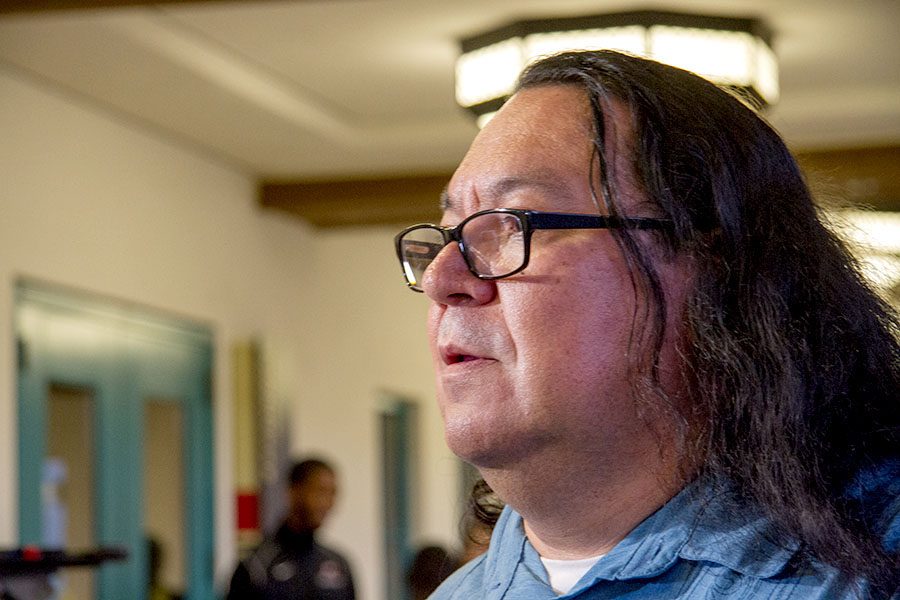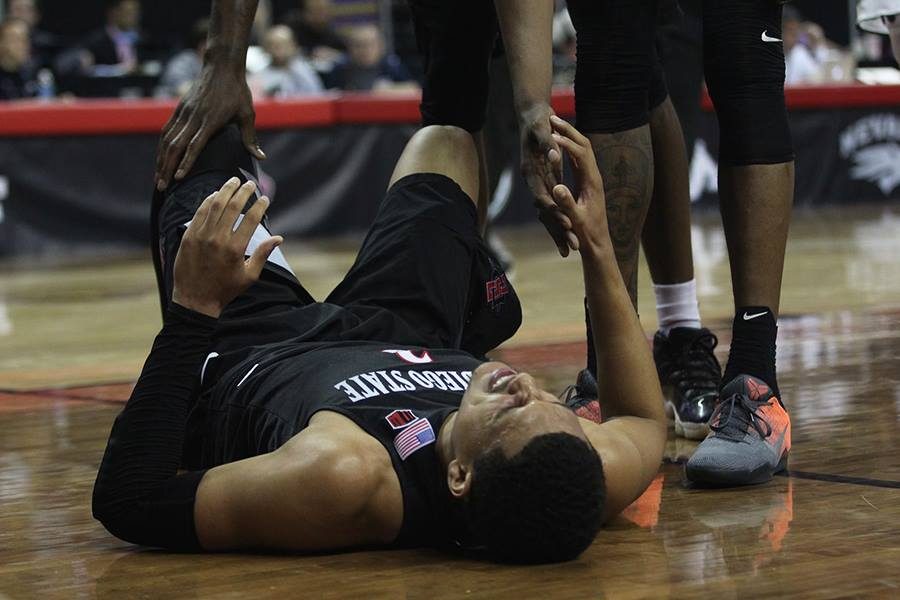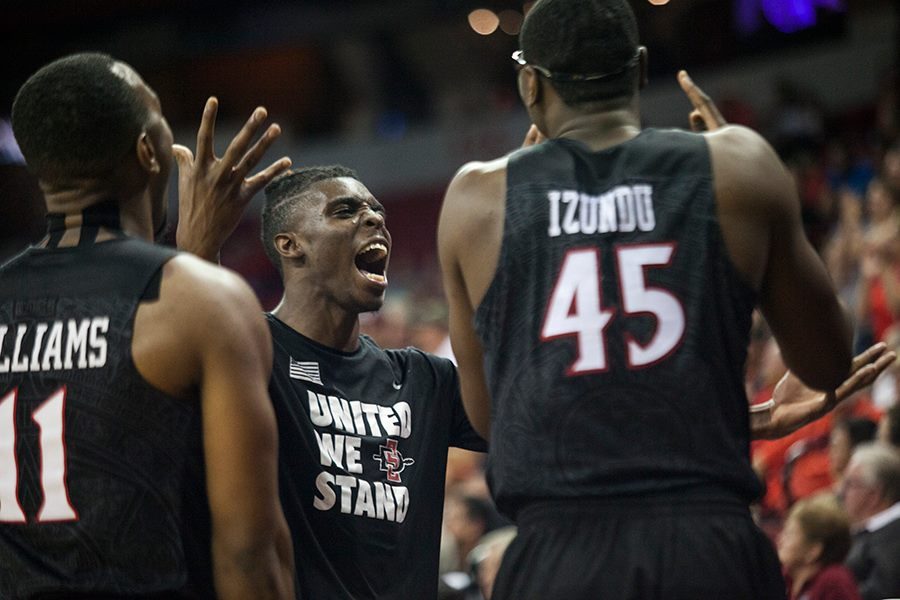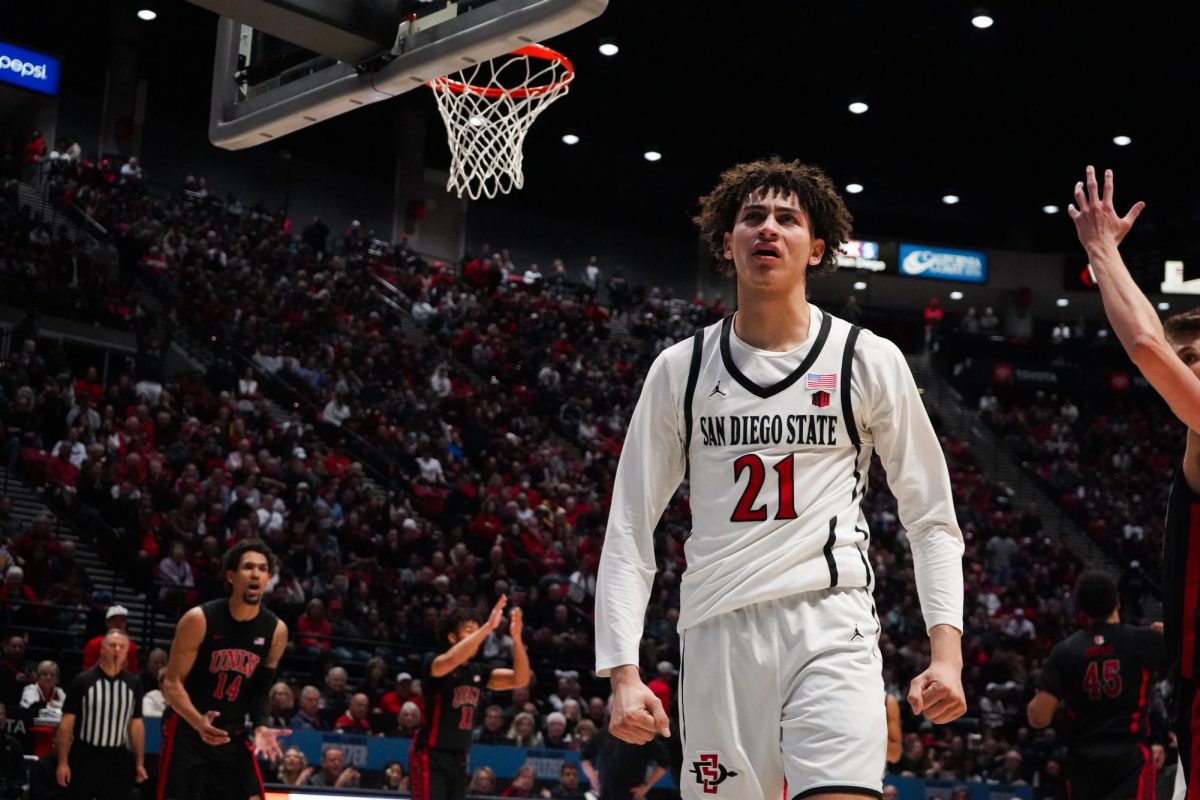In a recent pursuit to cut costs within the California State University system, schools such as San Diego State, have participated in a rising trend of hiring more part-time professors than full-time. This tactic is not only a CSU issue, but it’s pervasive nationwide.
Part-time professors are also known as “adjuncts,” but within the CSU system that term might as well be synonymous with unpaid volunteering. For the sake of this story, I will be referring to those professors as part-time faculty members.
According to Senate Faculty Affairs Committee reports, in order for the 23 CSUs to stay within budget, the percentage of part-time faulty members who have been hired has risen to nearly 40 percent — whereas tenure-track faculty hires are at 61 percent, down from 78 percent during the 1970s.
Now administrators high up the food chain are bloated with money, while students pay higher tuition rates and part-time professors are becoming a larger demographic within the overall school faculty.
A study by Institute for Policy Studies found colleges with millionaire presidents have more students in debt and a higher part-time faculty rate.
Part-time professors are hired on a semester-to-semester basis, rarely have office hours (while are still expected to meet with students) teach at multiple universities and often don’t get the chance to advance professionally. They are paid by course units and make a median pay of $25 per hour or $2,700 per class. These pay rates do not include the extra time put in my part-time professors in office hours and out-of-class activities.
Because the part-time faculty members are not required to have Ph.Ds, they don’t receive comparable pay, health insurance or retirement plans to tenured professors. This saves the university money.
This is cheaper for the university, but has long-term negative effects on academia and students.
The original purpose of part-time faculty was to have professionals in the field come in and moonlight as teachers, providing industry experience and fresh relevant perspectives. Now they are often used to fill in for last minute classes, and cover for teachers on sabbatical or medical leave.
Why should students care about all of this?
Many students look at this as a faculty and administration problem. But this is an issue directly impacting the quality of education students receive.
The negative impact of part-time faculty has become a growing problem. So much so that Slate reported on the story of Margaret Mary Vojtko, 83, an adjunct French professor at Duquesne University in Pennsylania. She was fired from her job on Aug. 16, 2013 and died just two weeks later. She had been receiving cancer treatment and could not afford to maintain her house on her salary.
Vojtko’s death impacted many students and professionals who were empathic and saw their own lives congruent with hers. It didn’t take long for a Twitter campaign to take off with the hashtag #IamMargaretMary. Tweets date as far back at Sept. 18, 2013 and are still ongoing.
Adrianna Kezar, a professor at the University of Southern California’s Rossier School of Education, reports 50 percent of faculty in American universities make as much as someone at McDonald’s makes, and often times rely on food stamps and other public assistance to service.
Now we are talking about highly educated individuals, having a master degree or higher, working to make ends meet and being compared to a fast–food workers.
Instead of investing in the curriculum, teacher’s careers and education, it seems as though too much university money is invested in lavish campus renovations, high salaries for the top percentage of faculty and various extracurriculars that serve as moneymakers.
At the base of the issue, universities often just don’t have the money to employ as many tenured teachers as before. The root of this problem lies in the hands of the American public.
We want all these things from public institutions, but we most don’t want to pay for it. Students don’t want higher tuition but expect the state to pay for better schooling. Except where is the state supposed to get this money? From tax payers who also don’t want to pay.
However, it’s in everyone’s best interest to invest in public education because it benefits the economy and community.
We all have a stake in this situation. While many students, faculty members and administrators can admit to this problem, few know what needs to be done to solve it.
Carrie O’Connell, a part-time journalism and media studies professor at San Diego State, has been teaching for 10 years. During her heaviest semester, she taught 13 classes, compared to the four classes that full-time professors teach.
“The differences between being an adjunct and being professor aren’t just pay, it’s the amount of time we have to meet with students, just having a physical space for an office, having a phone number … so while I want to provide everything for my students, I can’t meet with them in a physical office,” O’Connell said.
On top of the time she devotes to her students, O’Connell also conducts research to stay marketable as a part-time teacher. I mean, who has the time?
“It’s like there’s a carrot dangling in front of you. Administrators like to say do this and it will look good,” she said. “It’s the pay to play. If you do this thing, it will look good on your CV or resume, or you are helping us out, we will remember it. I’ve been hearing that for 10 years”
However, part time teachers are not alone in this predicament.
“We would prefer to have tenure-track teachers because of the continuity… I don’t think CSUs are trying to fill the gaps with cheap labor,” tenured-track advertising professor Barbara Mueller said.
Even at the department level, part-time versus tenured faculty ratio poses a threat to education but has become the nature of the best.
“When I make hiring decisions I don’t actually look at percentages per se, I don’t say I need to get ‘X’ percent so I’m going to hire this person and not that person,” journalism and media studies professor and interim director Bey-Ling Sha said. “I’m just thinking I have to offer these classes, who’s the best person I can get to teach them?… You do what you have to do and the percentages are what they are.”
Tenure-track hires are a decision made higher up in the university administration. Sha mentioned another factor in declining tenured faculty is because of retirement. With replacement decisions are lengthy and made higher up the chain, her choices are pretty limited.
By comparing how much part-time professors make to how much university administrators and presidents make, it’s easy to see the discrepancies in where the university ranks what it feels is most important. It’s time to look critically at this issue to see what can be done.
Investing in education should be the main priority.












